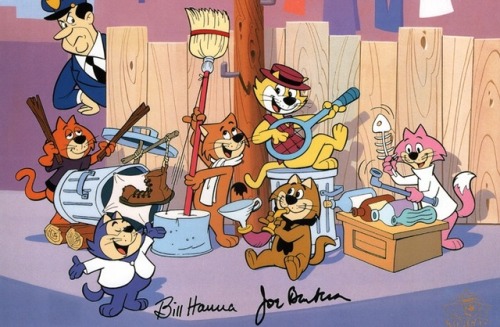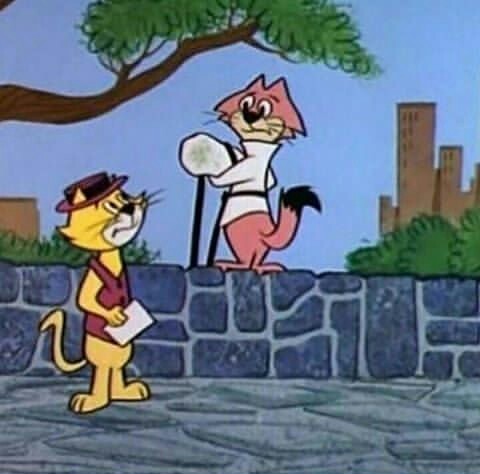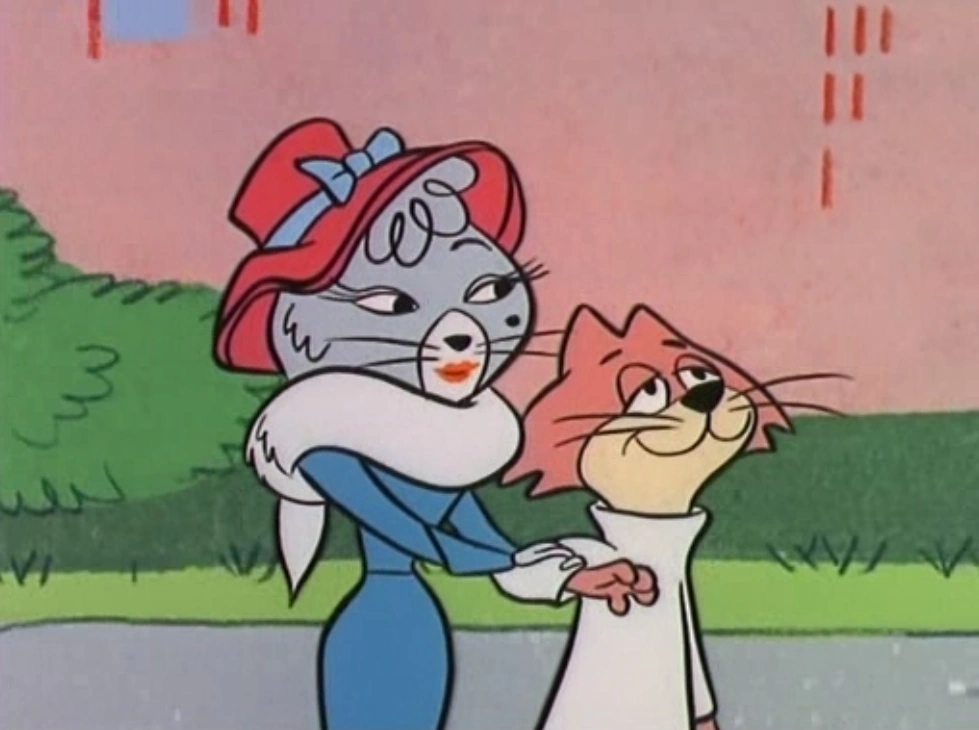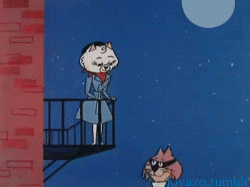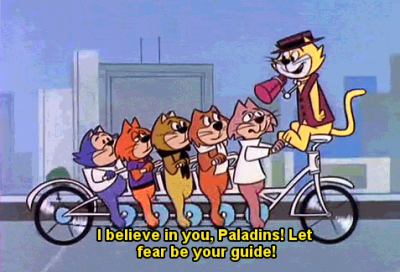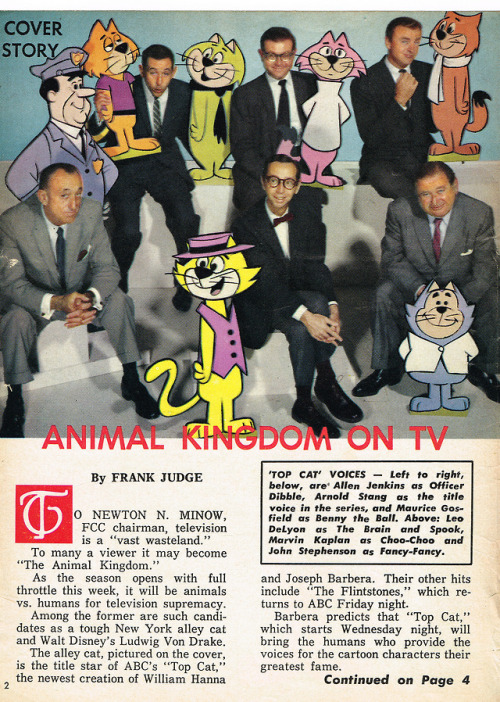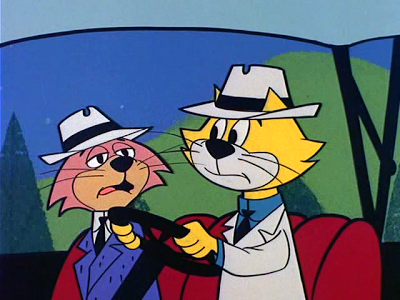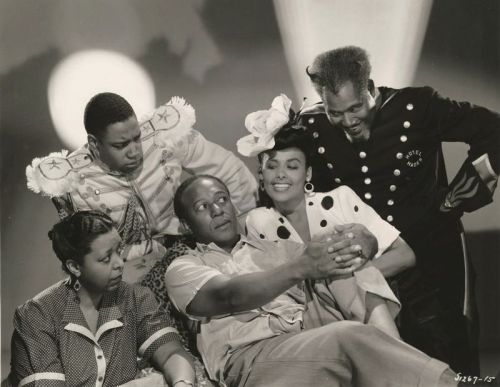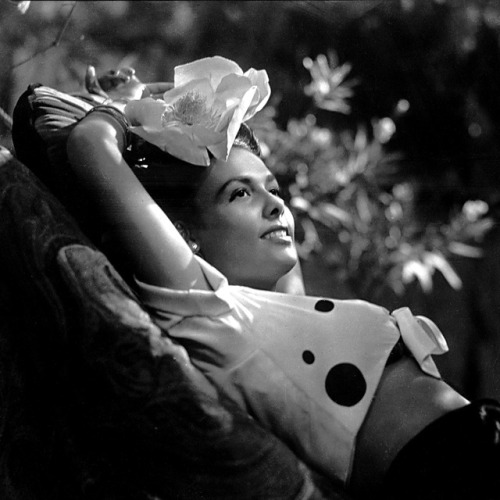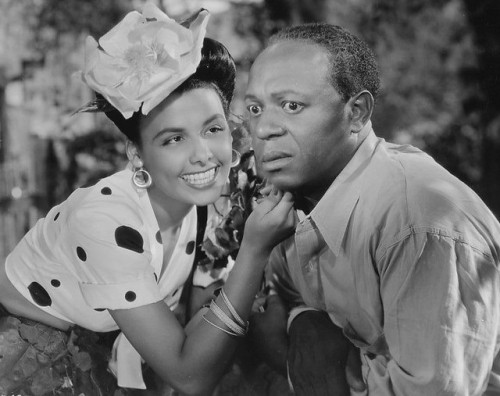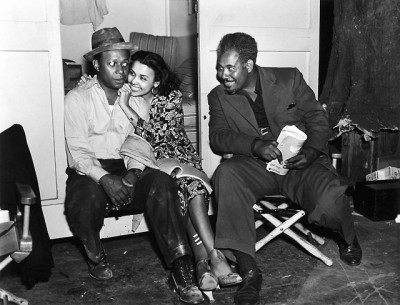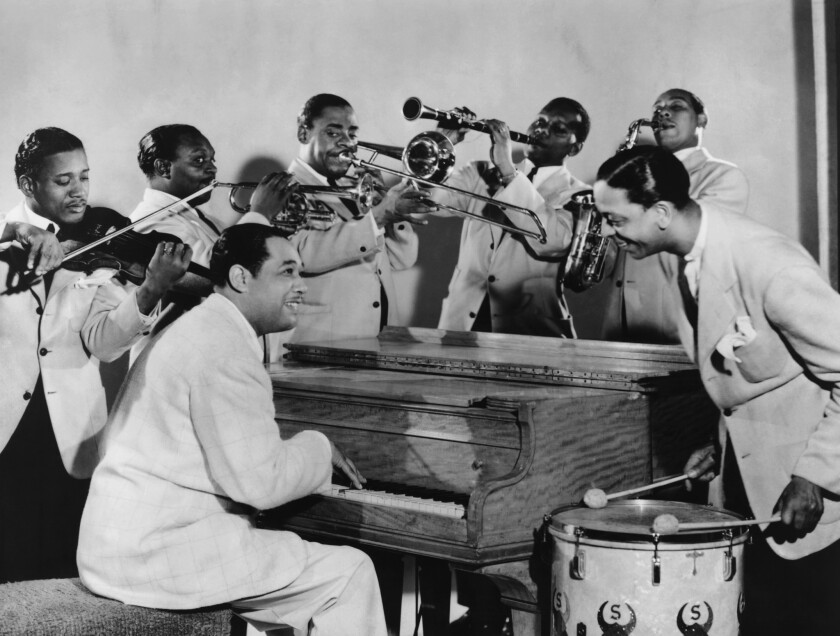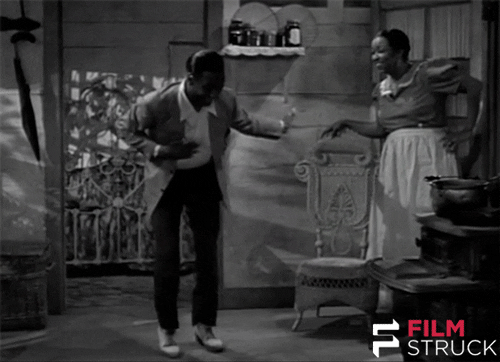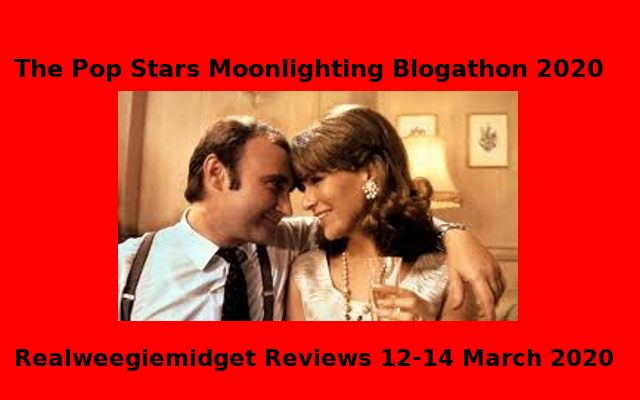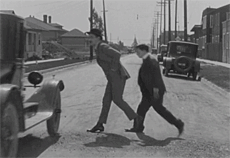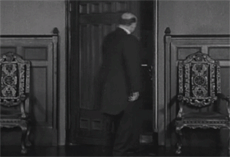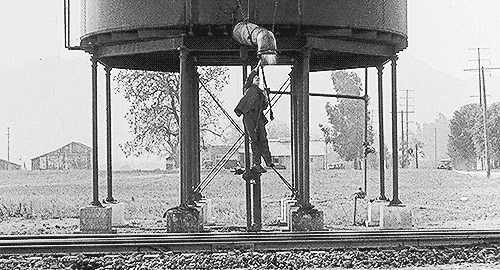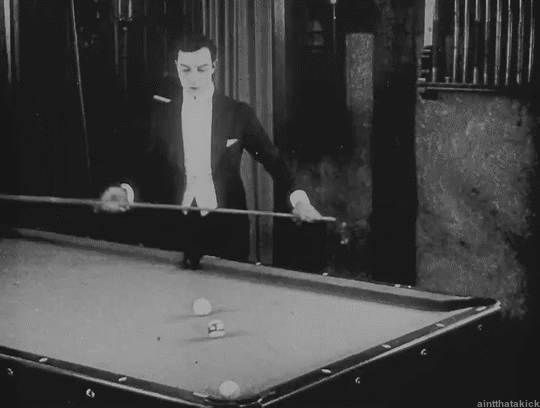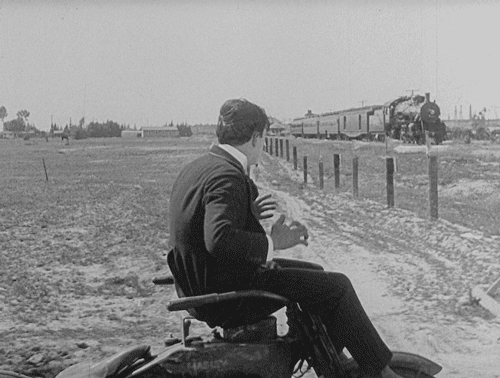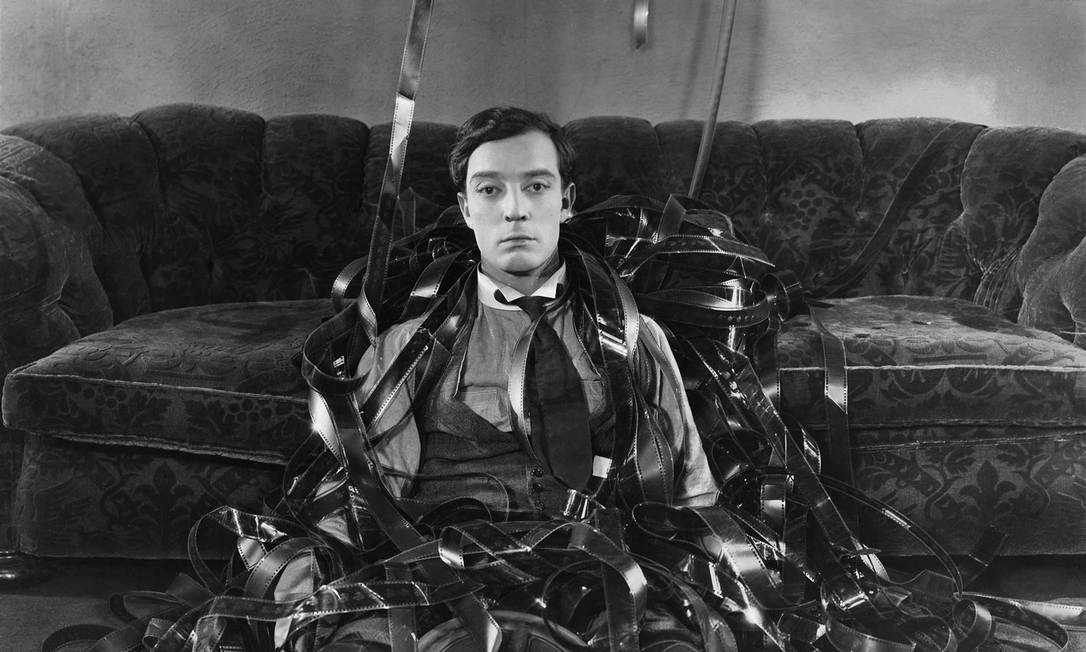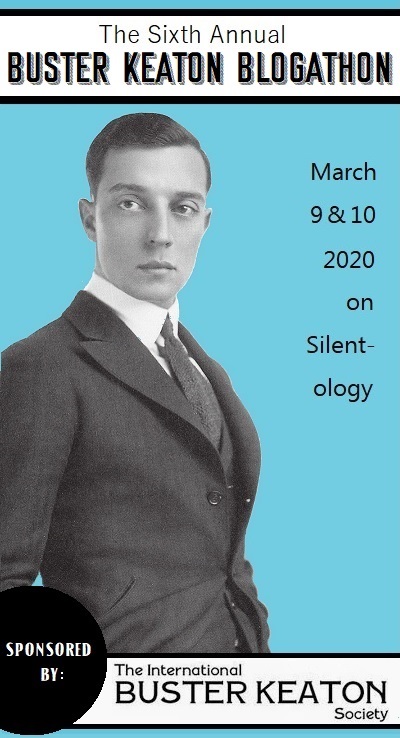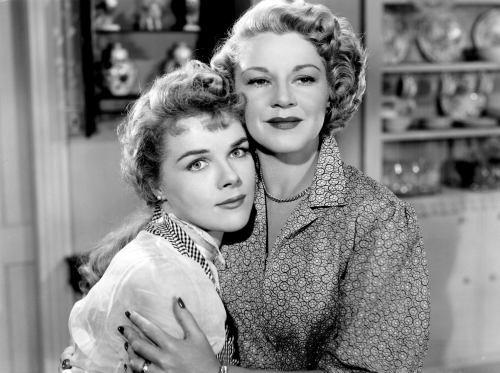Retro Cartoon: Top Cat
Um dos meus desenhos favoritos de
quando eu tinha uns oito anos de idade era “Manda-Chuva”. Não sei dizer
exatamente o porquê de eu gostar tanto deste desenho – talvez porque era muito
bacana e colorido? Talvez porque os gatos do beco usavam roupas? De qualquer
forma, eu fiquei surpresa quando, recentemente, percebi que “Manda-Chuva” teve
apenas UMA temporada – só 30 episódios! E, mesmo assim, deixou uma grande marca
nas mentes dos amantes de desenhos – inclusive em minha mente.
One of my favorite cartoons as a kid of about eight years old was “Top
Cat”. I can't exactly say why I liked that cartoon so much – maybe because it
was so groovy and colorful? Maybe because the alley cats wore clothes? Well,
anyway, I was surprised when, recently, I realized “Top Cat” only had ONE
season – only 30 episodes! And, nevertheless, it left a huge mark on the minds
of cartoon lovers – including my mind.
Dos seis gatos principais, meu
favorito é o Xuxu. Ele é rosa, quieto, dramático e – a principal razão de eu
gostar dele – ele usa um suéter branco de gola rulê. Xuxu é um cara blasé,
calmo e elegante. Na verdade, meu episódio favorito de “Manda-Chuva” tem Xuxu
como protagonista da ação: é o episódio 24, “Xuxu Fica Gagá”.
Out of the six main cats, my favorite is Choo-Choo. He is pink, quiet, dramatic
and – the main reason why I like him – he wears a white sweater with a
turtleneck. Choo-Choo is a blasé, calm, fashion guy. In fact, my favorite “Top
Cat” episode puts Choo-Choo front and center in the action: it's episode 24,
“Choo-Choo Goes Ga-Ga”.
O episódio começa com Manda-Chuva
levando seus amigos Gênio, Bacana, Espeto e Batatinha para o parque para ver
gatinhas. Eles não encontram gatinhas, mas veem Xuxu, que está prestes a pular
da ponte porque está apaixonado pela estrela de cinema felina Lola Glamour e
não consegue declarar seu amor por ela.
The episode begins with Top Cat taking his pals Brain, Fancy-Fancy,
Spook and Benny to the park to see pretty kittens. They find no kittens there,
but they see Choo-Choo, who is about to jump from a bridge because he's in love
with feline movie star Lola Glamour and can't confess his feelings for her.
Lola mora no
Hotel Ritzy Plaza. Ela
toma café da manhã na cama, sempre recebe presentes dos admiradores, sai com
marajás e barões e possui montes de joias. Ela também é um pouco antipática.
Xuxu será capaz de conquistá-la? O primeiro desafio será entrar no hotel, mas
Manda-Chuva se encarregou desta missão. Ele também dirá a Lola que Xuxu é na
verdade o Conde Chooch – um milionário que é dono do Texas. O maior desafio
será Xuxu vencer sua timidez.
Lola lives at the Ritzy Plaza
Hotel. She eats breakfast in bed, always receives presents
from admirers, goes out with barons and maharajahs and owns tons of jewels. She
is a bit unsympathetic, too. Can Choo-Choo woo her? The first challenge will be
to enter the hotel, but Top Cat got this mission. He will also tell Lola that
Choo-Choo is actually Count Chooch – a millionaire who is the owner of Texas.
The bigger challenge will be for Choo-Choo to overcome his shyness.
Esta não foi a primeira vez que
Xuxu se apaixonou. Em um episódio anterior – “O Romance de Xuxu” - o gato rosa
se apaixona por uma gata francesa chamada Goldie. No início, Manda-Chuva crê
que o romance de Xuxu não pode dar certo, porque se der certo ele abandonará o
grupo, mas quando descobre que Goldie tem um namorado, ele insiste em ajudar
Xuxu a impressioná-la – primeiro ao salvá-la de bandidos, depois ao escrever
poemas de amor.
This was not the first time Choo-Choo fell in love. In a previous
episode – “Choo-Choo's Romance” - the pink cat becomes infatuated with a French
kitten called Goldie. At first, Top cat thinks Choo-Choo's romance must sink,
because if it is successful he'll abandon the group, but once he finds out
Goldie has a boyfriend, he insists on helping Choo-Choo woo her – first by
saving her from criminals, then by writing love poems.
“Manda-Chuva” foi inspirado pelos
East Side Kids – um grupo de jovens atores originado nos Dead End Kids dos anos
1930 –, “The Phil Silvers Show”, que foi ao ar entre 1955 e 1959 e ao desenho
de Hanna-Barbera “Joca e Dingue-Lingue”. Os gatos no desenho estavam sempre
armando esquemas para enriquecer rápido ou conseguir uma boa refeição de graça.
O Guarda Belo estava sempre por perto monitorando a gangue felina.
“Top Cat” was inspired by the East Side Kids – a group of youg actors
originated in the 1930s Dead End Kids –, “The Phil Silvers Show”, that was
broadcast between 1955 and 1959 and the Hanna-Barbera cartoon “Hokey Wolf”. The
cats in the cartoon were always scheming some way to get rich quick or get a
good meal for free. Officer Dibble was always around monitoring the feline
gang.
Nos EUA, Arnold Stang dublava Manda-Chuva
e Marvin Kaplan dublava Xuxu. Como curiosidade, a atriz Jean Vander Pyl dublou
Goldie e Lola, as duas gatas por quem Xuxu se apaixona. No Brasil, o ator Lima Duarte, então no começo
da carreira, dublou Manda-Chuva e Espeto, com um sotaque bem diferente. O
dublador Waldir Guedes dublou Xuxu e Bacana.
In the US, Arnold Stang voiced Top Cat and Marvin Kaplan voiced
Choo-Choo. As a curiosity, actress Jean Vander Pyl voiced Goldie and Lola, the
two cats Choo-Choo falls in love with. In Brazil, actor Lima Duarte, then in
the beginning of his career, voiced Top Cat and also Spook, with a very
different accent. Voice artist Waldir Guedes voiced both Choo-Choo and
Fancy-Fancy.
Rever “Manda-Chuva” já adulta me
permitiu rir de piadas que eu não compreendi quando era criança. Eu acredito
que a maioria dos desenhos tem um pouco de conteúdo só para adultos, porque
crianças não entendem algumas piadas e trocadilhos. Conforme eu revia o
desenho, eu também vi que talvez, eu goste de Xuxu porque ele é como eu:
quieto, dramático, tímido e muito elegante (hahaha).
Rewatching “Top Cat” as an adult allowed me to laugh at jokes that fell
flat when I was a kid. I believe most cartoons really have a bit of their
content made for adults only, because kids can't understand some jokes or puns.
As I rewatched the cartoon, I also saw that, maybe, I like Choo-Choo because he
is like me: quiet, dramatic, shy, and with great fashion sense (LOL).
Piadas à parte, eu acredito que
“Manda-Chuva” foi cancelado cedo demais. Com seus episódios simples mas
interessantes, eu posso imaginar o desenho durante muitas temporadas sem
cansar. Infelizmente, o desenho teve muito mais sucesso na América Latina do
que nos EUA. “Manda-Chuva” sobreviveu por uma década como história em
quadrinhos e foi revivido por um estúdio de animação mexicano para dois longas
em 2011 e 2015. Os novos filmes não foram grandes sucessos – e nós nunca
saberemos que outras aventuras nossos amigos gatos poderiam ter vivido no
desenho se ele tivesse durado mais um pouco.
Jokes aside, I believe “Top Cat” was cancelled too soon. With its simple
yet amusing episodes, I could see the cartoon lasting many seasons without
getting boring. Unfortunately, it was way more successful in Latin America than
in the US. “Top Cat” survived for over a decade as a comic book and was revived
by a Mexican animated studio for two features in 2011 and 2015. The revival was
not very successful – and we'll never know the further adventures our cat
friends could have lived in the cartoon if it had lasted longer.
This is my contribution to the 6th Annual Favourite TV Show Episode Blogathon, hosted by Terry at At Shroud of Thoughts.
